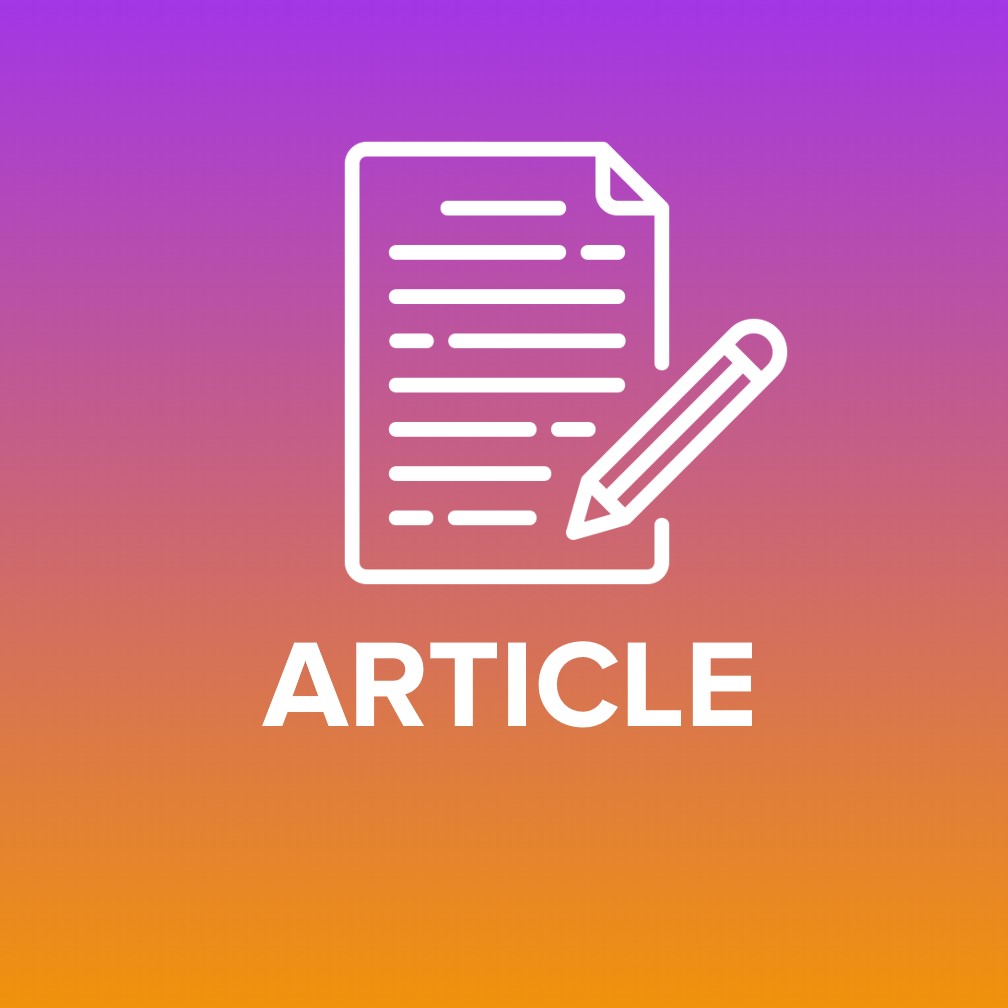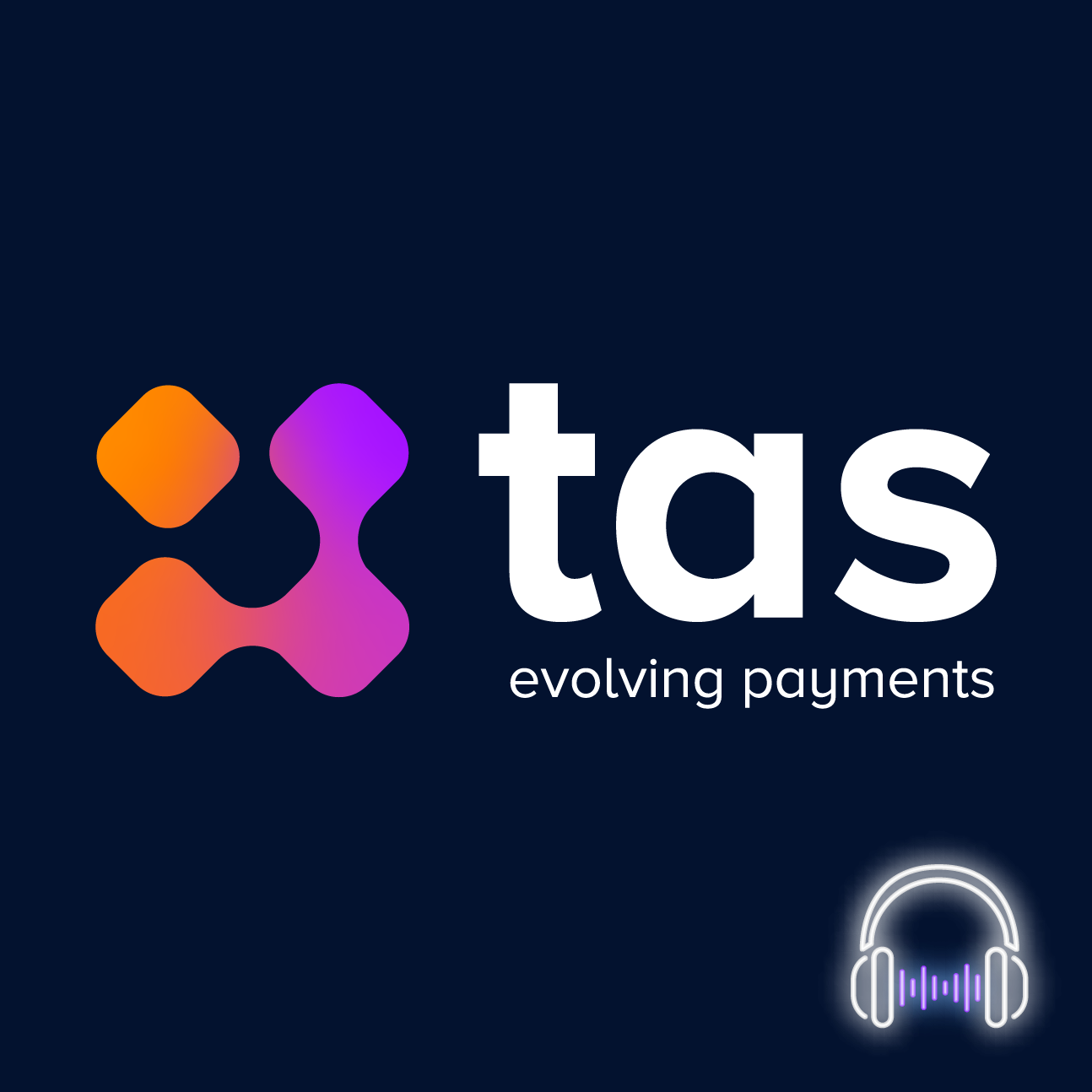Nexi: here’s how we overcame the babel of account statement descriptions
Thanks to the Harmonizer Hub implemented by Mantica (TAS Group), Nexi PayTech has managed to harmonize into a single taxonomy all descriptions used by banks. A goal achieved through the use of Intelligent text mining and Machine learning technologies integrated in Nexi’s Active Gateway. Gianluca Finistauri of Nexi and Amedeo Borin of Mantica explain more about the initiative.
Wages, remunerations, emoluments: three different terminologies for the same identical statement. This is just one example of the wide variety of descriptions that banks use to report the same customer account transaction. An array of definitions that becomes a serious problem in the era of open banking and PSD2. In particular, but not only, for the Account Aggregation and Personal Financial Management (PFM) services, which allow the customer, with his consent, to have a clear vision of his finances at multiple banks, categorizing incomes and expenses with unique accounting definitions.
Nexi has managed to overcome this ambiguity by leveraging Intelligent machine learning and Text mining technologies that are at the basis of the Harmonizer Hub solution created by Mantica, TAS Group’s subsidiary specialized in these technologies.
Let’s unveil some key takeaways arising from the interview with 2 main actors of this successful project: Gianluca Finistauri, Head of Digital Corporate Banking of Nexi and Amedeo Borin, CEO of Mantica-TAS Group.
Reducing the complexity
“Active aggregation services are meant to descale complexity”, explains Finistauri. “But today it is still very hard to interface multiple banks to retrieve customer data, despite the PSD2 mandate acting as a fundamental aspect of open banking. In addition to carrying out the connection to all customer’s banks in a transparent way, Nexi has decided to take a step further and reduce the complexity of interpreting the contents. In fact, every single bank uses descriptions decided independently, as there is no standard in the banking industry for it, making it difficult to interpret them and, consequently, to be able to offer a clear view to the end customer. “We needed an engine capable of interpreting and ordering the collected descriptions, not really those of the large banking groups, with which we already collaborate through the Italian national corporate banking scheme CBI, but particularly those of the other 700 medium-small banks operating in Italy”, explains Finistauri.
This is where Mantica comes into play, offering a solution that is currently unique on the market, capable of bringing the babel of bank dialects back to a shared taxonomy. “By combining Intelligent text mining technology with Machine Learning algorithms, we were able to create an engine, the Harmonizer Hub, which dynamically analyses the enormous daily payment traffic of all banks, reconciling every single entry with a standard dictionary, and learning and improving performance day after day,” says Borin. “An absolutely not simple activity – he continues – because it involves interpreting natural language and analysing and comparing huge amounts of statements. And, moreover, because we had to respond to a new need driven by the PSD2 and therefore unprecedented to refer to. We took the challenge seriously, and quickly developed a system capable of giving very reliable answers that have been integrated by Nexi into its active gateway, which is already operational”.
A solution capable of managing millions of pieces of information
“We chose Mantica’s solution after a careful software selection, which also involved international suppliers, and after a pilot that proved the excellent functioning of the technology on which Harmonizer Hub is based”, recalls Finistauri. A decision that turned out to be a winning one: “Today a customer of any of our banks – continues Finistauri – who has current accounts with multiple institutions that use different terminologies, can see all his expenses correctly classified. And the system is able to dynamically maintain this functionality updated over time, continuing to map every new description potentially introduced by future regulation, learning from the millions of transactions it analyses every day”.
Mapping completed
The Harmonizer Hub is now close to automatically recognizing the totality of bank descriptions. “A great job has been done – Finistauri says satisfied – because at the beginning we were reconciling no more than 20% of the transaction descriptions and already in April we could match about 85% of the terminologies used by banks. Then, week after week, the engine learned to recognize and correctly catalogue more and more descriptions, effectively eliminating the need to intervene manually”.
The customer appreciation in all segments
“As of today, only Nexi offers such a service which is so accurate and continuously updated thanks to machine learning. – proudly underlines Finistauri – The market has immediately perceived the high quality of this new feature and we have received highly positive feedback from both end-customers and third-party operators who offer their PFM service based on our data aggregation. The latter type of customers need to have data already sorted and classified to better carry out their own analyses deep diving into the rest of the details of the statements”.
But a great deal of attention, perhaps even exceeding expectations, came from our corporate customer base, which quickly began requesting it from their banks. “Little is said about it – explains Finistauri – but the PSD2 is also very important for corporates, who are natively multi-bank and have to manage the wide variance of the descriptions from bank to bank. With the Harmonizer Hub we have the ability to connect and harmonize corporate accounts, for example by managing collections through PISPs or feeding corporate treasury solutions for intraday balances. A more sophisticated value proposition compared to the one offered to retail customers, but one that we are able to provide in an equally reliable way”.
Another aspect appreciated by Nexi is the ease with which the new service can be implemented by banks. “From the moment the request arrives – says Finistauri – our banks can activate it in about 4 weeks to their end customers. And this allows us to have a very good time-to-market “.
Ready to learn other languages
The engine created by Mantica is potentially capable of interpreting bank descriptions in other languages as well. Currently it is operational to manage Italian, but for Finistauri the opening to English, French, German etc. represents an obvious evolution considering Nexi’s new international footprint deriving from the acquisitions of Nets and SIA which will lead the PayTech to interconnect with open banking gateways in other countries already by end of this year.
“The system is solid and the textual analysis and machine learning mechanisms have now been fully tested, so it won’t be a problem to expand the linguistic base by retracing the steps taken to implement Italian,” confirms Borin.
Harmonizer Hub, not just for bank descriptions
The versatility of the engine made by Mantica allows its use also in other fields. Nexi is also using it to make some processes more efficient and faster, for example in order to understand whether a balance presented by the customer by a bank is the current Account Balance or the Available Balance. Furthermore, machine learning engines are very useful for customer profiling and to promote personalized offers, obviously always requiring the conscious consent of the customer. “We are starting to work in this direction because the demand from banks to use it as a tool to improve marketing campaigns is very strong”, confirms Finistauri. But the normalization of bank statements and payments is also important for credit scoring and behavioural analysis, helping to improve fraud detection and fraud management, because it makes it faster to intercept and analyze suspicious transactions.
Author: Flavio Padovan– Bancaforte (Italian version)
Source: Nexi: così abbiamo superato la babele delle causali bancarie


